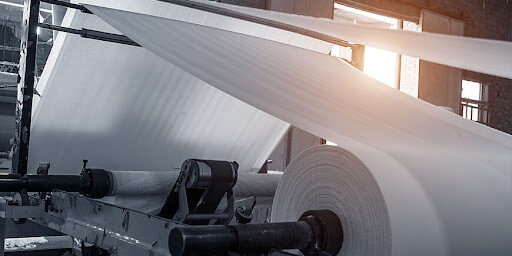What should we pay attention to when choosing defoamer
There are many types of defoamers, mainly divided into organic silicone, polyether, silicone and polyether grafting, imide and amide. They have faster defoaming and longer defoaming time, and a wide range of application materials. So what should we pay attention to when choosing a defoamer? Here is an introduction for everyone:
In the production of food and clothing, such as flotation, fire fighting, dust removal, and cleaning of foam ceramics and plastics, it is sometimes necessary to remove the bubble substances generated in the production process. These bubbles are not gaseous substances that exist in industrial liquids or liquids. They are substances that exist independently on the surface of plastic films. Common ones are oil-soluble bubbles and water-soluble bubbles.
Generally, due to the existence of surface activity, the interaction between the bubbles is affected, the hydrophilic and hydrophobic elements are absorbed by the bubbles, and the bubbles are arranged in a regular manner to form an elastic film on the surface of the bubbles. The foam is very strong and will not break under normal conditions. It is not easy to eliminate the bubbles well due to the foam’s stability and surface viscosity and elasticity, electrical repulsion, and temperature, pH acidity, so it is necessary to use defoaming modifiers.
First of all, the types of defoamers can be divided according to the industry. Therefore, if you know which industry the defoamer you need belongs to and which production stage it uses, you can determine the rough range of defoamers to buy, and then carry out the next stage of selection. Secondly, figure out what defoamer system you need, whether it is a water-soluble system, an oil-soluble system, a powder system or another mixed system. If you want to purposefully choose a defoamer suitable for your product, you must know the system that your product needs to eliminate foam. Then, based on the previous standards, it is necessary to understand the applicable pH value and temperature range of this type of defoamer. Some industries are produced in extreme environments such as high temperature, strong alkali or strong acid. Choosing the right defoamer can give full play to the greatest practical effect.
1. Adding point of defoamer: In paper mills, defoamers are usually added in the bleaching and cleaning sections, usually in the pulp washer, thickener and pulp pool. Defoamers in the papermaking section are usually added to the paper machine headbox, pulp pool, sizing and glue mixing extraction.
2. Defoamer addition amount: It is more economical and reasonable to use two defoamers than the defoamer with higher water content. They are added separately at far distances. For example, one defoamer is added before the beater, and the other is added in the headbox.
3. Solution for precipitation of defoamers: For example, amide defoamers will cause precipitation and blockage of the screen plate seam, and will cause paper diseases such as paper fish and multiple eyes due to poor dispersion. Some defoamers will also cause certain interference to the functions of glue adjustment and enhancement. Therefore, the high-moisture emulsion system has a good defoaming effect in the low-viscosity calendering architectural coating.







